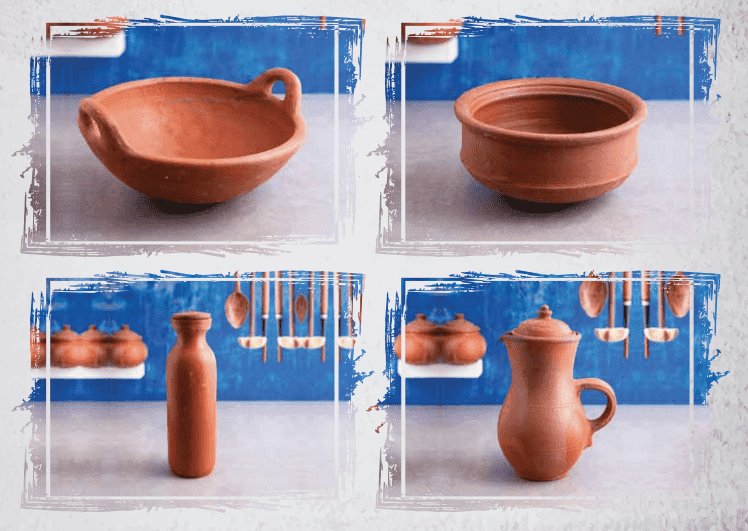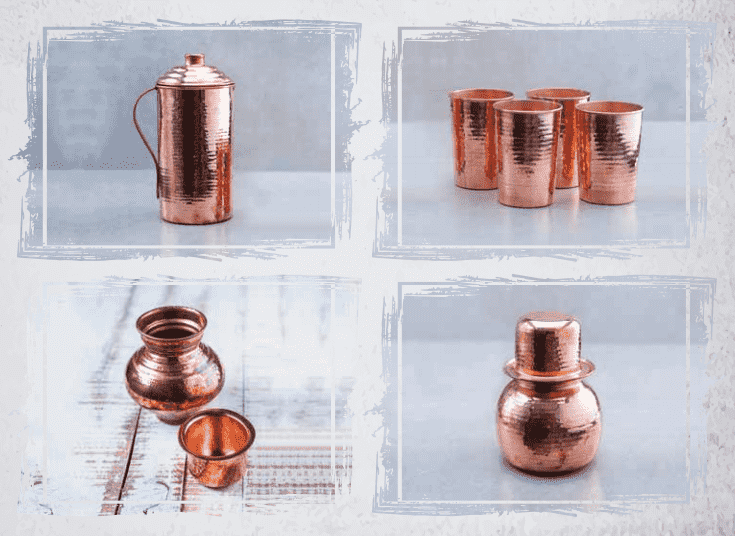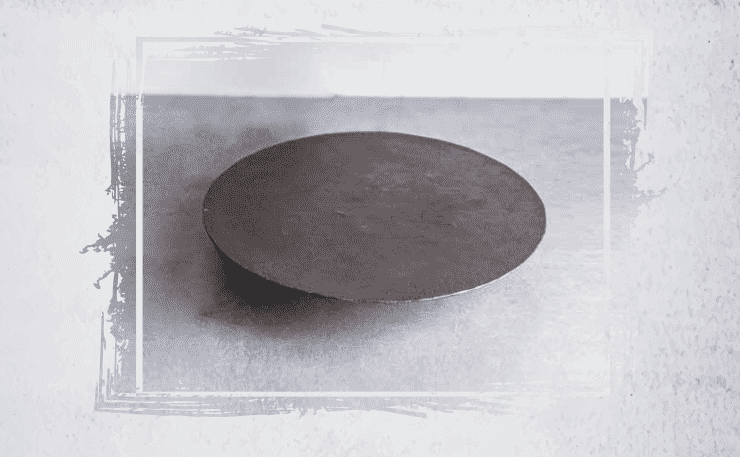Congrats on your journey to bring traditional wisdom to your home. Zishta is glad to be a part of this journey and support you with authentic traditional knowledge gathered through our journeys, discussions with artisans, local communities and scientific information.
Zishta in collaboration with artisans of Tamilnadu bring to you most authentic and traditional clay vessels that are everlasting. These are made using the most traditional technique honed over centuries by our artisans.
What are the benefits of cooking in clay ware?
- Health benefits: Clay releases Iron, Calcium & Magnesium to food which are essential minerals for our body. Additionally, delta region clay are rich in bio-minerals.
- Tasty & nutritious food: porous nature of Clay allows heat to circulate uniformly. It retains 95-97% of the nutrients of the food cooked in it. The taste of the food also enhances.
- No acidity & easy to digest: Alkaline nature of Clay interacts with acidity in food and neutralises it.
- Acidic food: One of the best vessels to cook acidic food like tamarind or citrus based food as it is resistant to acids & alkalis.
- Lesser oil usage due to heat resistance & slow cooking.
- Convenience - saving of fuel & cooking time: cooks food in 15% lesser time than modern cookware. Food continues to boil for 3-5 minutes after the stove is switched off.
- Safe: Good quality Clay are natural, from the earth, with no harmful chemicals.
What Can be cooked in clay ware?
Clay cookware is versatile and any type of food can be cooked in it ranging from a wide variety of north, south, east or west or be in vegetarian or non-vegetarian. Many dishes taste awesome when cooked in clay cookware like kadi, varieties of sambhar, gravies, Palak paneer, paneer butter masala, dal tadka, biryani, fish or chicken gravies etc.
How to season clay cookware?
- Soak the vessel for 8 hours in starch water in order to remove the smell of clay.
- For starch water, either use rice washed water or mix arrow root powder in water and use this.
- Optional step: After drying, apply a coating of any cooking oil and leave it for 24 hours. The clay ware is ready to be used directly on the stove after this.
- Always ensure that in any traditional vessel, only gravy based food is cooked for the initial 2-3 times and initially, do not do tadka or fry in it.
How to maintain a clay vessel?
- Ideally salt or organic powders to be used for washing. Clay is porous and hence chemical based washing liquids are not recommended.
- Do not use steel scrubbers as it will leave scratch marks.
- It is absolutely fine to leave it in the sink overnight.
- Yes, it would break if dropped & care needs to be taken.
- If smell of food remains in the clay ware, just fill the vessel with hot water and keep it aside for half hour, or leave it under sunlight for 30 minutes.
- Any type of ladle can be used. Recommended ladle is wood to avoid any possible cracks in the clay pot.
- Clay is microwave friendly. The vessel can be refrigerated.
- It is not recommended to use dishwasher.
Caution
Clay ware is fragile and breaks if dropped. So handle with care. Do not place other vessels on it either in the sink or while storing the vessel.
Some frequently asked questions
What is the life of clay?
Clay cookware needs to be changed once in 1-3 years depending on the extent of usage as clay loses its properties.
How do we know that it is time to change our clay cookware?
If clay cookware starts to have minor leakages, or if food starts to get burnt it means that there is a crack developed due to usage. The enhancement of taste & aroma becomes obviously less and it is time to change the clay.
Should we buy glazed or unglazed clay?
Unglazed clay is the right one to buy for cooking purposed. Clayware many a times are glazed in order to give a glossy look. Glazing closes the pores of the clay and hence the benefits that clay derived from its natural porous nature is lost. In some cases, lead mixtures maybe used for glazing.
How do we test for the right clay ware?
To test the integrity of clay, tap the bottom of the vessel (not the sides) with knuckles. A ‘metallic’ sound indicates good quality and a ‘thud’ sound indicates issues.
What paint do you use to get the red colour? What is the red paint on the surface?
There is no paint that is used. It is the red sand used during baking. The red sand paste is a surface coating and sometimes may come off. It is not an issue and it is natural.
We filled the clay cookware with water and it is perspiring. Is it defective?
Firstly, immerse the cookware in a bucket of water for seasoning and not fill up the inside alone. Secondly, nature of clay is porous and it perspires which is fine. This is observed more in water bottles and jugs. This perspiration is a natural cooling process of the water. Thirdly, while cooking, gravies are more viscous and would not leak.
Related Videos:
How To Identify Best Clay Cookware, Clay Cooking Pot Benefits
For more details visit:
Subscribe/Follow us on
![]() +91 6360966871
+91 6360966871
No.1676, Sarakki 2nd phase extension,17th Main, 2nd phase, J P Nagar, Bangalore-560078.




2 comments
Muriki
Is it induction safe?
hariharan b sharma
If there is any breakage in transit, what do I do? I would like to order some earthern vessels from you.
Hari
9687603958
Leave a comment
All comments are moderated before being published.
This site is protected by hCaptcha and the hCaptcha Privacy Policy and Terms of Service apply.